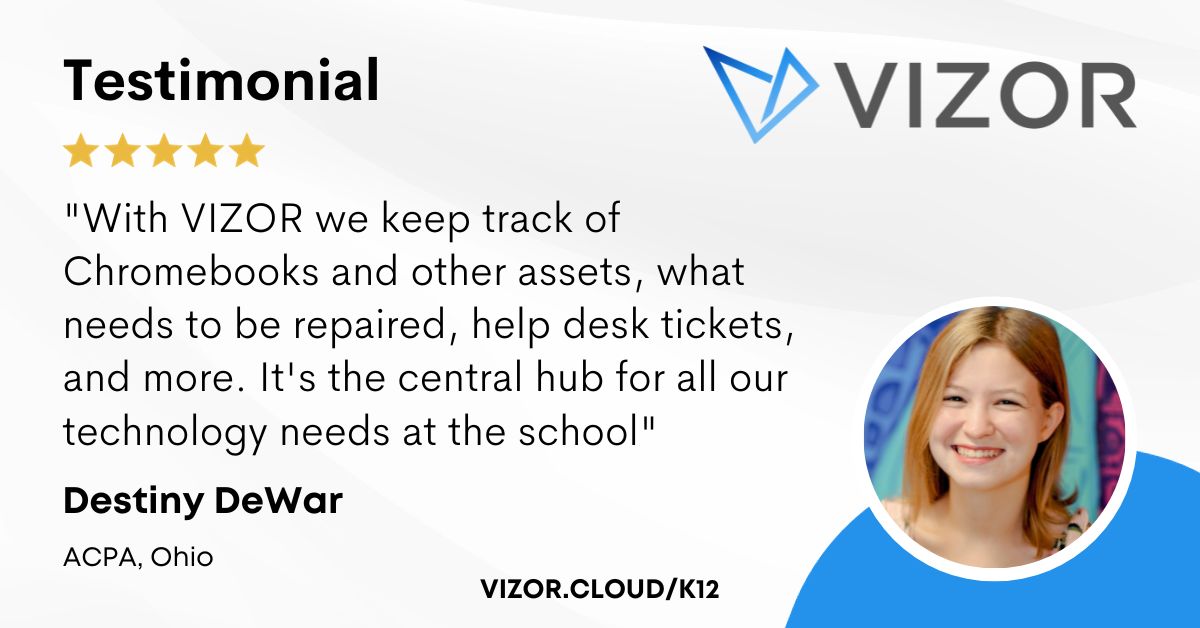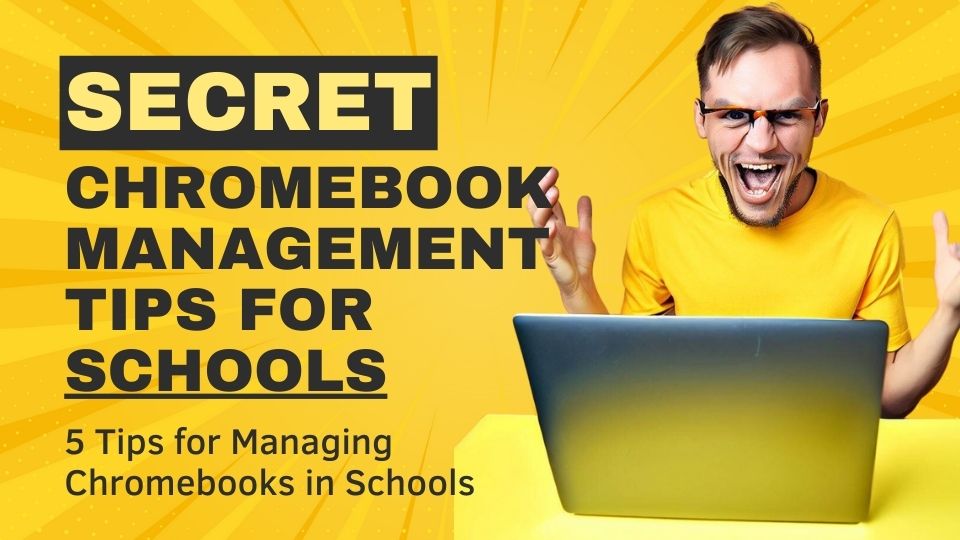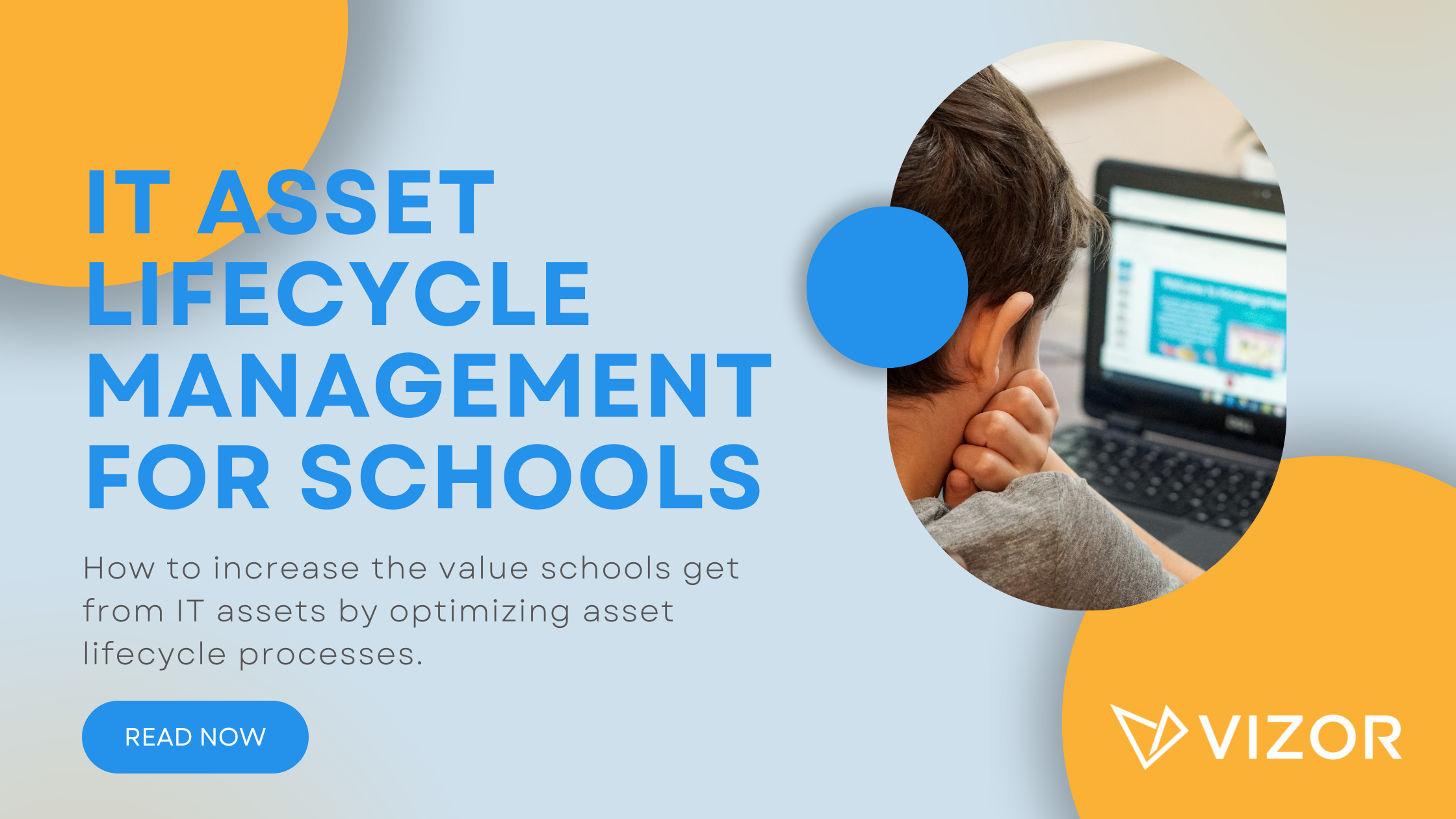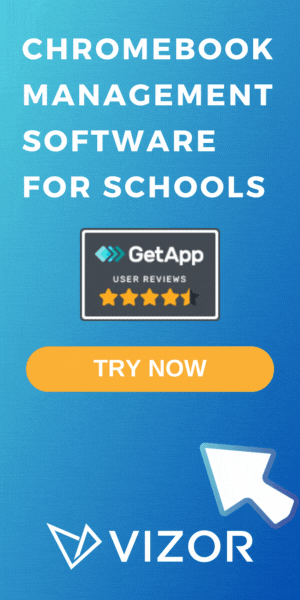One-to-One Programs in Education: More than Buying Devices
One-to-one (commonly abbreviated as 1:1) computing programs in the education system have already been around for a few decades. Although not a new concept, schools still have trouble obtaining successful results with one-to-one programs. Are schools biting off more than they can chew? Can they be underestimating the undertaking of implementing a one-to-one program? Are they spending too much time focused on the devices? We review how creating an innovative culture, better planning, focus on the right components will increase the chances of a more successful one-to-one program.
One to one programs are programs that encourage the use of one technology device per person. Commonly used in schools, students each get a computer or laptop to learn, study and do their homework.
Innovative Culture
In an article by Kipp Bently, he reminds us that, “Powerful technologies only become game changers when in the hands of innovative, student-focused educators who are supported in their work.”
In other words, the entire school ecosystem needs to be involved and prepared. A successful one-to-one program takes time, planning, budget, involving shareholders, and most certainly, support. This means support from school board members, teachers, parents, and the community. They make up the ecosystem that will foster innovation and lead to a successful program.
An article by Bryan Goodwin further demonstrates the point of developing an innovative culture: “Rather than being a cure-all or silver bullet, one-to-one laptop programs may simply amplify what’s already occurring—for better or worse—in classrooms, schools, and districts.”
Goodwin’s quote suggests that any problems in the school need to be fixed before purchasing devices. In fact, buying laptops will not fix anything and only amplify the issues. Thus, further demonstrating that having an innovative culture is a big part of having a successful one-to-one program.
Planning for Success
With a lot of news surrounding one-to-one programs, the main focus is usually on the devices or the budgets allocated to such programs. However, spending money is probably one of the easiest parts. The chances of success with a one-to-one program include several complex factors like planning and addressing many areas of change. It considers answering questions like the following:
Intentions
1. Are laptops going to enhance the curriculum?
2. Are the laptops a quick fix to an existing problem or part of a larger plan to enhance the education of the students?
Curriculum
- How will the curriculum change?
- Should the school have tested the program before investing?
- Who needs to be involved with making the changes?
- How and when will the teachers be trained to use the devices and their apps?
Shareholders
- When will the shareholders be told about the program?
- How will each party be told?
- How can they help with the changes to the curriculum?
Technology
- Is your network ready for hundreds of new devices?
- What policies need to be introduced about the distribution, management, and repairs of the devices?
- When and how will the IT staff be trained about new processes and policies?
To reiterate, there is a lot of focus on the actual purchases of devices. Especially now, Chromebooks are seemingly the ideal solution to the sectors’ needs. The affordable, “unbreakable,” long-lasting battery life is the trifecta for young educational establishments. However, for a school, the device is not the primary focus at all. In fact, since there is a “designated” device for schools, there is actually one less decision to make.
Focused Efforts
In an issue brief by Alexandra Lamb, a doctoral student in the Learning, Leadership, and Education Policy program at the Neag School, breaks down five areas of a successful one-to-one program. They include:
- Infrastructure
- Curriculum Integration
- Leadership
- Building Culture
- Development Program
These points address the importance of an innovative culture and planning but notice the lack of focus on devices. The infrastructure section addresses connectivity, access, and the processes around rollout and managing repairs.
Summary
In order to have a successful one-to-one program, every party in the school’s ecosystem needs to be onboard. The program should be implemented to enhance the learning experience. And, the program needs to get the attention and planning it deserves before rolling out hundreds or thousands of Chromebooks.
If you need help rolling out Chromebooks, tracking the devices, and managing repairs, check out VIZOR for Chromebooks here.
How to simplify student device management in your school.
Need a School IT Asset and Device Management Solution?
- Google Admin Sync
- Simplify 1:1 Initiatives
- Track Device Repairs
- Barcode Check-In/Check-Out





